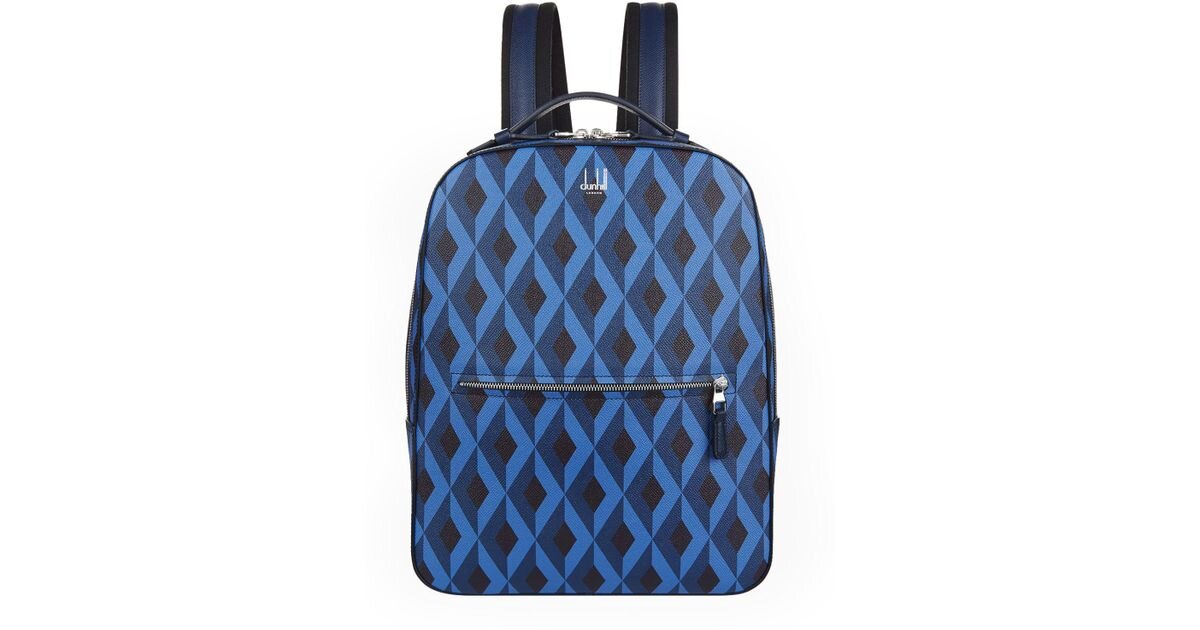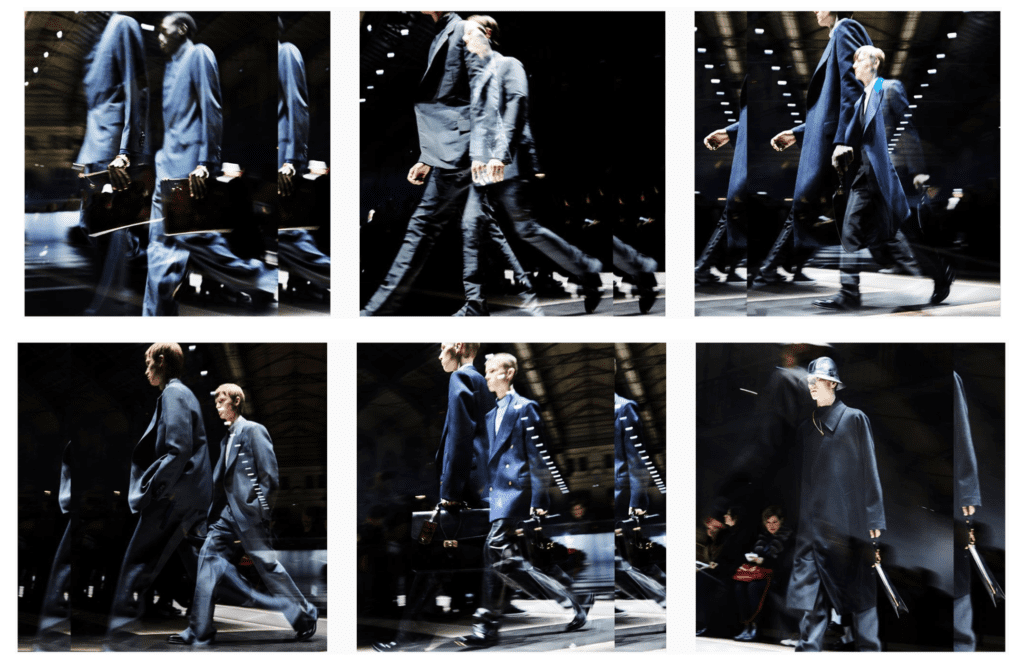Adidas may have recently scored one before the U.S. Copyright Office in connection with the design of two different versions of the Kanye West-affiliated Yeezy Boost 350 sneakers, but not every brand is proving quite as lucky. Dunhill – the British menswear brand, where Dior Homme’s creative director Kim Jones got his start in 2008 – for instance, is not faring well in its attempts to secure a copyright registration (and certain rights that come along with it) from the U.S. copyright body.
On the heels of filing a copyright application in November 2017 for a fabric pattern, Dunhill has been handed a loss from the U.S. Copyright Office’s Review Board. In response to Dunhill’s second request for reconsideration for a fabric pattern called “Engine Turn,” Register of Copyrights and Director of the U.S. Copyright Office Karyn A. Temple determined that the menswear brand’s 2-dimensional fabric design – which consists of “diamonds repeated in symmetrical rows and columns” and which appears on everything from Dunhill card cases and belts to sneakers and duffle bags – is ineligible for copyright registration.
Following an initial refusal from the Copyright Office’s Review Board in February, which upheld the Copyright Office’s initial determination that the fabric pattern is little more than a “simple arrangement of geometric shapes into a basic, garden-variety configuration,” which “lacks the creativity to support a registration,” the Review Board again shut down Dunhill’s quest for registration.
The level of originality and creativity needed to warrant copyright registration is notoriously low in accordance with to U.S. law, as Temple asserted in her September 3 decision, pointing to the 1991 decision in Feist Publ’ns, Inc. v. Rural Tel. Serv. Co. in which the Supreme Court held that “only a modicum of creativity is necessary.” At the same time, she noted the court’s language in that same case, namely, “There can be no copyright in a work in which ‘the creative spark is utterly lacking or so trivial as to be virtually nonexistent.’”
 Dunhill’s Engine Turn pattern
Dunhill’s Engine Turn pattern
The problem with the pattern at hand? According to Temple, “The Board finds that the [Dunhill print] does not contain the requisite originality necessary to sustain a claim to copyright,” as “the work merely consists of uncopyrightable elements arranged in an unoriginal manner.” To be exact, Temple asserted that “the individual elements [embodied in the pattern], diamonds and a six-sided arrowhead shaped polygon, are uncopyrightable standard geometric shapes.” Moreover, “The simple blue and brown coloring is not copyrightable.”
The Board’s decision, Temple states, stands despite Dunhill’s argument that the pattern at issue is similar to and should be assessed like the cheerleading uniforms at issue in the Star Athletica, LLC v. Varsity Brands, Inc. case, arguing that the Supreme Court found “cheerleader uniforms were copyrightable even though they comprise simple geometric shapes,” and thus, demonstrated that works comprised of simple geometric shapes are not precluded from copyright protection. Given that the Engine Turn print “clearly shows a higher level of creativity” than the simply-designed cheerleading uniforms, per Dunhill, it should be afforded a registration.
Unpersuaded, the Board distinguished the uniforms in the Star Athletica case from the pattern at issue here, stating that the Engine Turn pattern “is merely a ‘display of a few geometric shapes in a preordained or obvious arrangement’ … [which] is a typical arrangement and demonstrates insufficient creativity to support a claim to copyright.”
As for the significance of the Board’s decision, copyright lawyer George Raynal told TFL, “Perhaps the outcome is not entirely surprising, as the Copyright Office has repeatedly shown its reluctance to register simple geometric patterns.” Nevertheless, he says, “The decision highlights a challenge for applicants seeking to protect pattern designs they create and use across their brands.”
Fashion has long maintained something of a complicated relationship with copyright, as the law refuses to provide protection for useful articles in their entirely. Since garments and accessories are generally deemed to be useful in nature, only the creative and separable elements of them may be protected. The latter element, separability, has proven challenging in a fashion context, precisely because clothing, for instance, possesses both functional and inherently creative elements (some of which may be difficult to clearly distinguish), thereby, limiting the scope of protection at play for the average garment, if any protection exists at all.











